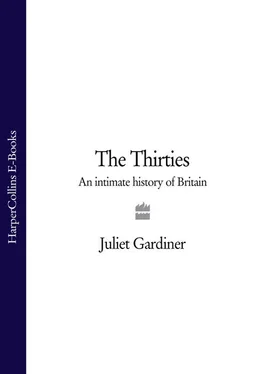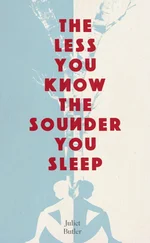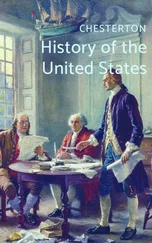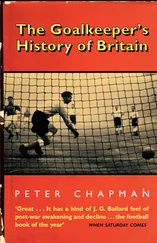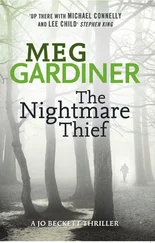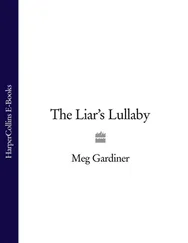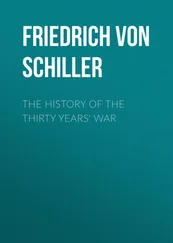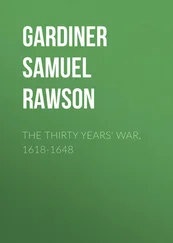JULIET GARDINER
The Thirties
An Intimate History
For Joseph
Cover
Title Page JULIET GARDINER The Thirties An Intimate History
Dedication For Joseph
Preface
A Note on Money
Part 1 How it was Then
Prologue The Eve of the Decade
1 Goodbye to All That
2 A Great Clearance
3 Dole Country
4 Mapping Britain
5 Hungry Britain
Coda The ‘Hatry Crash’
Part 2 The Search for Solutions
Prologue R101 Disaster
6 ‘Can We Conquer Unemployment?’
7 (Too Much) Time to Spare
8 The Hard Road Travelled
9 Primers for the Age
Coda Searching for the Gleam
Part 3 Planning England (and Scotland and Wales)
Prologue Follies
10 Accommodating the Octopus
11 Accommodating the People
12 Accommodating Other People
13 Grand Designs
Coda The Edge of the World
Part 4 1936
14 The King is Dead
15 ‘I am Spain …’
16 Wanting the Palm not the Dust
Part 5 Feeling the Texture
Prologue An Iceberg on Fire
17 Choosing Between Gas Masks and God’s Tasks
18 A1 Men and Consuming Women
19 Holy Deadlock
20 Regimenting Mass Happiness
21 Spittoons in Arcadia
22 Dreamland
23 Not Cricket
Coda ‘The Only Thing We Have to Fear is Fear Itself …’
Part 6 1938 to 1939
24 A Scenic Ride to Catastrophe
Acknowledgements
Notes
Bibliography
Index
By the Same Author
Copyright
About the Publisher
There will be time to audit The accounts later, there will be sunlight later And the equation will come out at last .
Louis MacNeice, ‘Autumn Journal’ (1939)
The thirties is a statement as well as a decade. And it is one that is frequently heard today, because while those years are gradually slipping from our grasp, what they have come to represent is ever more present: confusion, financial crises, rising unemployment, scepticism about politicians, questions about the proper reach of Britain’s role in the world.
Famously, to W.H. Auden, sitting on a bar stool in ‘one of the dives on Fifty-Second Street’ in New York in September 1939, the thirties were a ‘low, dishonest decade’. Looking back later, others followed him, labelling it ‘the devil’s decade’, ‘a dark tunnel’, ‘the locust years’, a ‘morbid age’, a time tainted by the dolorous spectres of intractable unemployment, the Means Test and appeasement, that ended inexorably in the most terrible war the world has ever known. But others claimed that this was a partial picture. It ignored those areas of Britain largely unaffected by the ‘Great Depression’, where the symbols of prosperity were the growth of home ownership, new light industries, a consumer society — evidenced by rapidly multiplying acres of suburban semis, the hope of a Baby Austin in the garage, a branch of Woolworths in every town, roadhouses on every arterial road, lidos, cinemas, paid holidays, dance halls, greyhound racing, football pools, plate glass, the modernist and the ‘moderne’. In sum, J.B. Priestley’s new ‘third England’ to set alongside two old Englands — one ‘byways England’, slow, rural and benign, the other harsh, ugly and industrial.
‘There ain’t no universals in this man’s town,’ wrote Louis MacNeice in 1939. This book recognises the claims of all of these Englands (or rather Britains) to tell the story of the thirties. Its aim is to explore all three, to uncover the ‘intimate history’ of what it was like to live through the decade. It is not one story; it is not three stories: it is hundreds of interwoven stories, from that of the Prime Minister(s) to a discontented North London schoolteacher, from three Kings to one rather anxious Oxford vicar’s wife, from the economist J.M. Keynes and the novelist Virginia Woolf to the intermittently unemployed gardener Frank Forster and the astute Hull journalist Cyril Dunn. Lives, events, aspirations, plans and the tireless search for solutions by people who felt that after the trauma of the First World War it must be possible to reorder society better, and those for whom this disastrously failed. All fitting into a panorama of Britain in the thirties, a decade that haunts us today with the magnitude of its problems, the paucity of its solutions, the dreadfulness of its ending, while snaring us with the boldness of its political and social experiments, the earnestness of its blueprints, the yearnings of its young, and the sheer glamour of its design, art, architecture, fashion, dream palaces, dance halls, and obsession with speed.
The story begins on the last day of 1929; it has no conclusion other than the outbreak of the Second World War on 3 September 1939, which, while not formally ending the decade, definitively foreclosed thirties Britain.
Juliet Gardiner November 2009
Translating the value of money is fraught with difficulties. As Adam Smith wrote in The Wealth of Nations (1776): ‘The real price of every thing, what every thing really costs to the man who wants to acquire it, is the toil and trouble of acquiring it … but it is not that by which their value is estimated … Every commodity is more frequently exchanged for, and thereby compared with other commodities.’
www.measuringworth.com/ukcompare suggests that there are five indices that can be used to compare monetary values in different eras. I have generally chosen the lowest (the retail price index), which multiplies a sum by roughly fifty — so that £100 in the 1930s would equal almost £5,000 today. But perhaps a more useful guide is to remember that in 1935 a working man would earn between £3 and £4 a week, and that an average semidetached suburban house would have cost between £500 and £750.
PART ONE How it was Then
PROLOGUE The Eve of the Decade
‘Wi’ ye nae git out fra under ma feet,’ seven-year-old Robert Pope’s mother, wielding a mop and a bucket, scolded as she shooed him out of the house. The string bag full of jam jars he was clutching banged against his shins as he ran along Maxwell Street in Paisley to meet his friends. It was Hogmanay, the last day of the year 1929: the day that Scottish housewives busied themselves ‘redding’ (readying) their homes in a frenzy of mopping, sweeping, scrubbing, polishing, dusting, all to make sure that they were as clean as the proverbial new pin to welcome the New Year in through the front door as the Old Year slipped out by the back. The tallyman should have been paid off too, and any goods ‘on tick’ settled, since it was considered bad luck to start the New Year in debt. But that wouldn’t be so easy.
By midday a queue of almost a thousand children, some clutching the hands of smaller siblings, others with bairns little more than babies in their arms, were waiting outside the Glen cinema in the centre of town. Admission was a penny for the stalls, tuppence for the balcony, and those children whose fathers were maybe out of work, or had been killed in the Great War that had ended just over a decade earlier, and whose mothers hadn’t been able to spare the necessary coins, had scoured their tenement homes for empty bottles or jam jars to take back to the shop with the promise that the returned deposit could be used for the cinema.
The Glen, with its ornate façade and stained-glass windows, was one of six cinemas in Paisley, a town lying in Glasgow’s southern shadow. If cinema-going was popular with adults — and it was, with some eighteen to nineteen million attendances every week in the 1930s — it was even more so for children. And if that was true of the South, it was more so in the North: in 1933 it was reported that seven out of ten children in Edinburgh went to the pictures at least once a week, most to the special Saturday-afternoon shows that cinema managers laid on for children, filling the seats by showing usually old films at cheap prices. ‘Most children spend longer at the cinema than they do at many school subjects,’ wrote Richard Ford, who organised cinema clubs for children for the Odeon cinema chain, and reckoned that by 1939 some 4,600,000 children went to the cinema every week all over Britain.
Читать дальше
